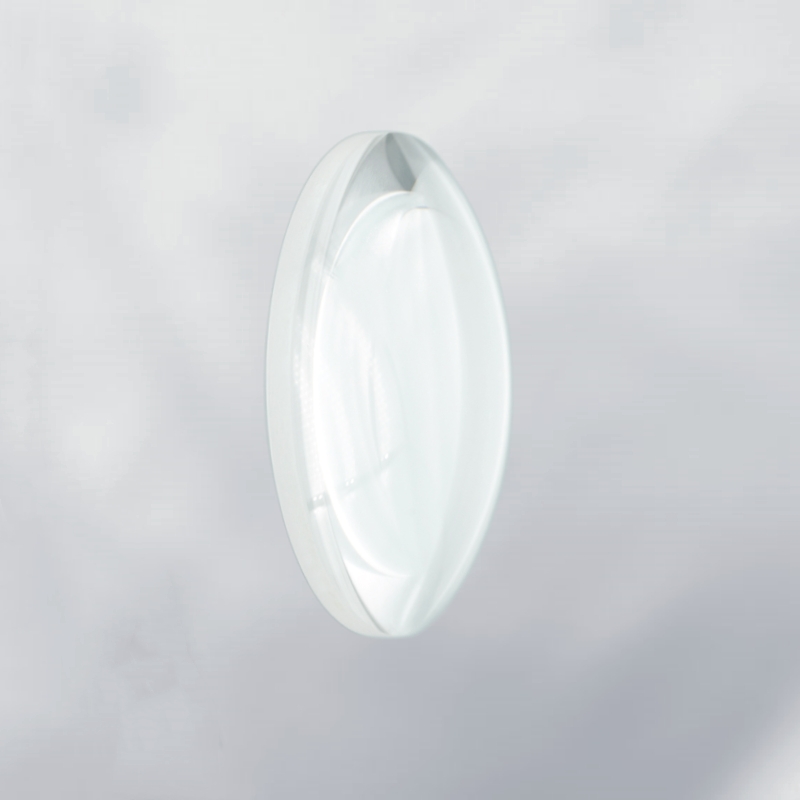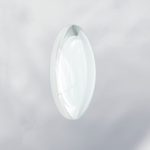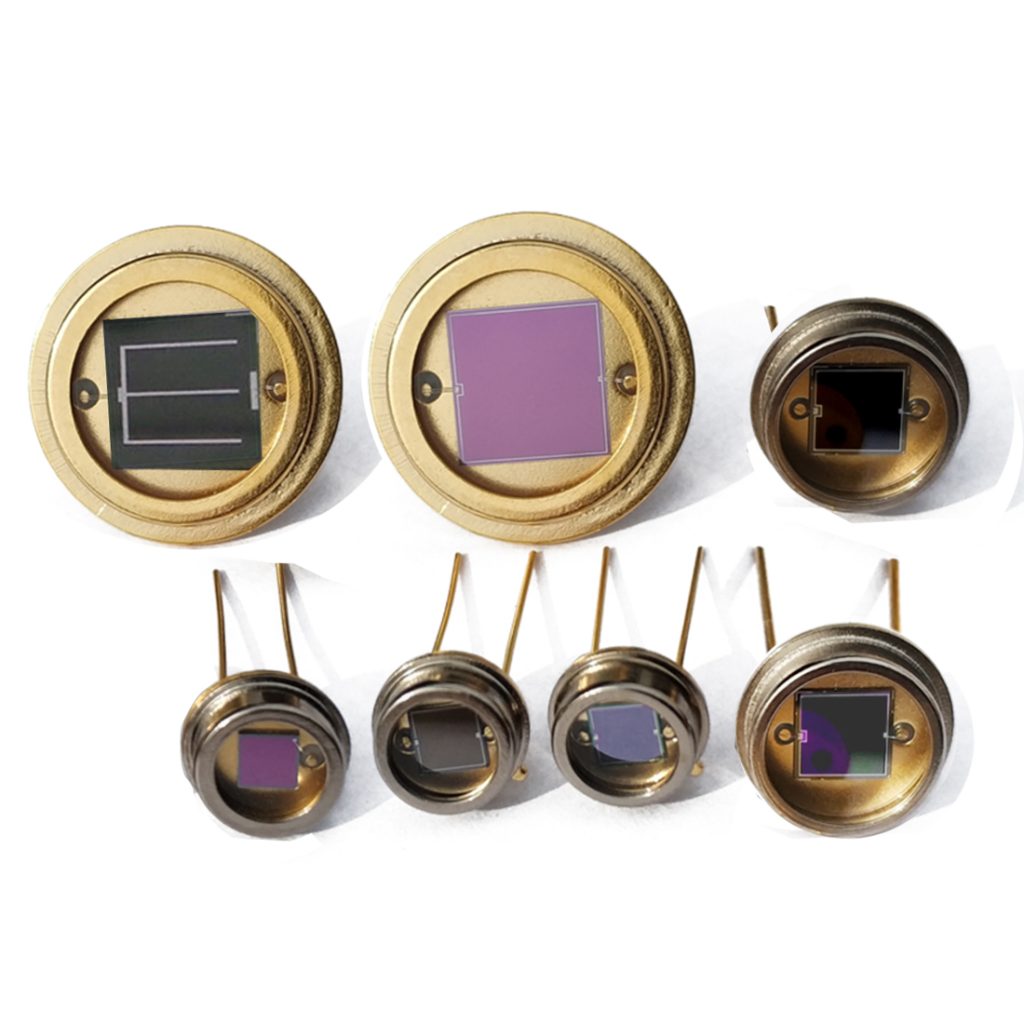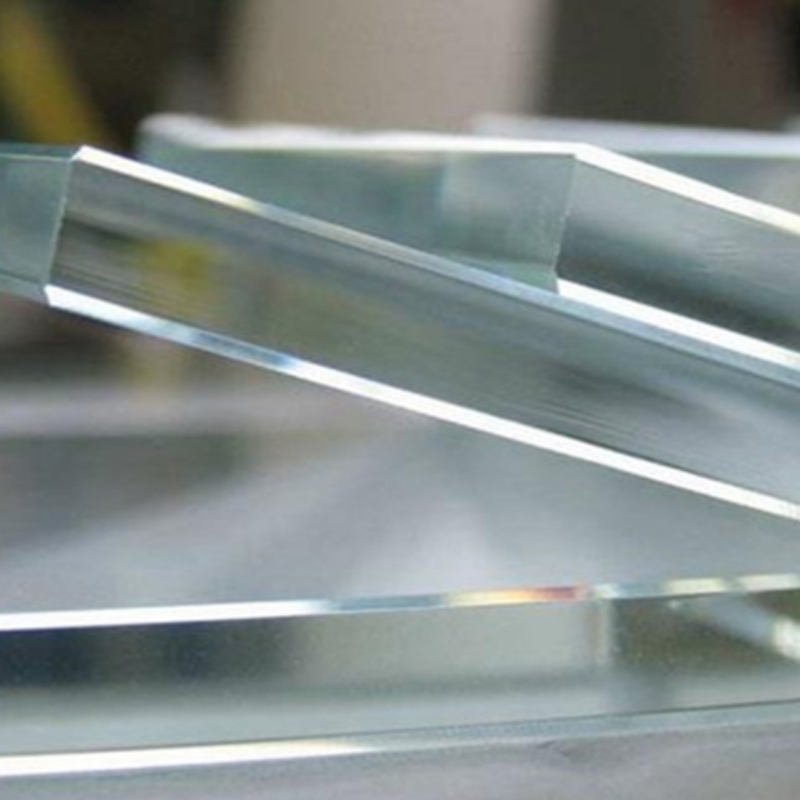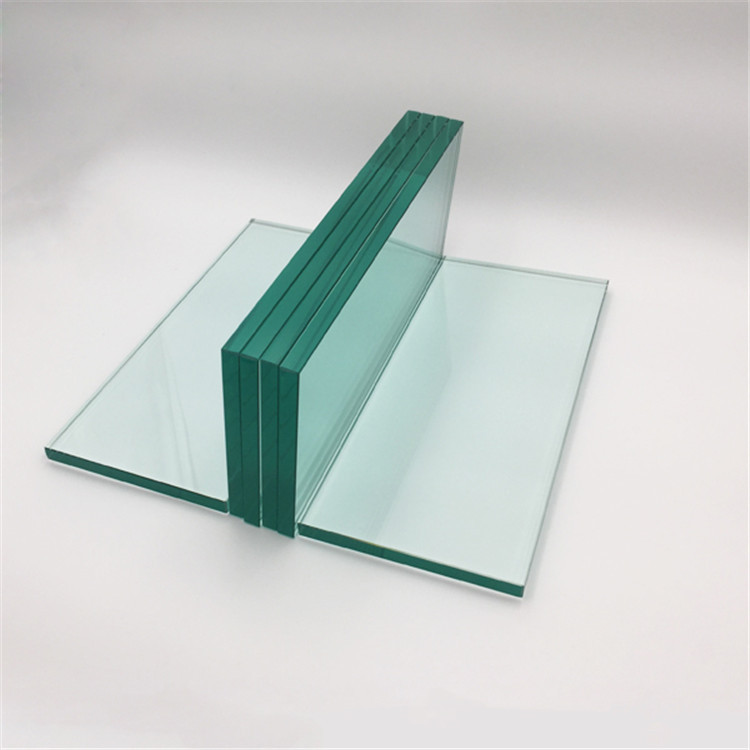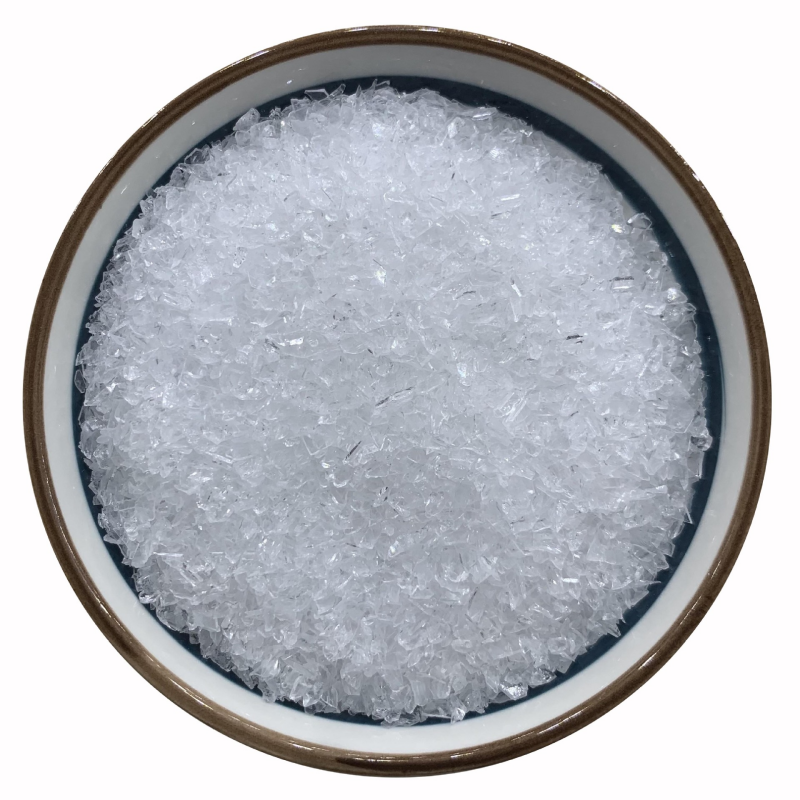Lithium fluoride crescent lens is a precision optical component designed for specialized light refraction, beam manipulation, and enhanced image correction. Manufactured from high-purity LiF, it offers exceptional optical clarity, minimal distortion, and excellent transmission across ultraviolet, visible, and infrared wavelengths. This uniquely shaped lens is widely used in imaging systems, laser optics, industrial applications, and scientific research, ensuring superior optical performance for advanced optical configurations.
Product Overview
The Lithium Fluoride Crescent Lens is an optical component made from high-purity Lithium Fluoride (LiF) crystal, designed with a crescent shape where one surface is convex and the other is concave. Known for its exceptional optical properties, this lens exhibits high transmittance in the infrared and ultraviolet ranges, with low reflectance and absorption. Due to its minimal refractive index among infrared materials, Lithium Fluoride lenses are widely used in the manufacturing of infrared lenses and windows.
Key Features
- Excellent Light Transmission: High transmittance in the infrared and ultraviolet bands ensures the efficient performance of optical systems.
- Low Reflectance and Absorption: Lithium Fluoride lenses offer low reflectance and absorption across a wide spectral range, contributing to increased system efficiency.
- High Mechanical Strength and Chemical Stability: With high mechanical strength, the lens can withstand considerable pressure and maintain stability in harsh environments.
- Optimized Optical Shape: The crescent shape effectively reduces light reflection losses, further enhancing the optical transmission efficiency of the system.
- Precision Manufacturing: High-precision processing and polishing ensure superior surface quality and dimensional accuracy.
Applications
- Aerospace Optical Systems: Used in the manufacturing of optical components such as windows, prisms, and lenses, covering transmission spectral ranges from 120nm to 7000nm for aerospace and satellite optical systems.
- Infrared Optical Systems: Widely used in infrared lenses and windows, offering efficient optical transmission for infrared applications.
- X-ray Diffraction Apparatus: Due to its symmetrical crystal structure, it serves as an important optical element in X-ray diffraction devices.
- Laser Systems: Employed in laser optical systems to enhance laser performance and optical efficiency.
- Optical Instruments: Used in various optical instruments, such as infrared spectrometers and imaging devices, to improve system performance as a key optical element.
| Optical Property | Value |
| Transmission Range | 0.11-7 μm |
| Transmittance | >94.8%@0.6μm |
| Reflection Loss | 5.2%@0.6μm (both surfaces) |
| Absorption Coefficient | 5.9×10⁻³@4.3μm |
| Structure | Cubic Crystal System |
| Cleavage Planes | <100 |
| Physical Property | Value |
| Density | 2.639 g/cm³ |
| Melting Point | 848 ℃ |
| Thermal Conductivity | 11.3 W/(m·K) @ 314K |
| Thermal Expansion | 37.0×10⁻⁶/K @ 283K |
| Knoop Hardness | 415 kg/mm² |
| Specific Heat Capacity | 1562 J/(kg·K) |
| Dielectric Constant | 7.33 @ 1 MHz |
| Young's Modulus | 64.79 GPa |
| Shear Modulus | 55.14 GPa |
| Bulk Modulus | 62.03 GPa |
| Poisson's Coefficient | 0.22 |
| Chemical Property | Value |
| Solubility | 2.7 g/L @ 20℃ |
| Molecular Weight | 25.9394 g/mol |
| Property | Value |
| Diameter Range | 2-300mm |
| Focal Length | 15-5000mm |
| Thickness | 0.12-60mm |
| Surface Quality | 80-50, 60-40, 40-20, 20-10, 10-5 |
| Surface Flatness | λ/2, λ/4, λ/8, λ/10 |
| Clear Aperture | >90% |
| Coating | Customizable |
 new material
new material

